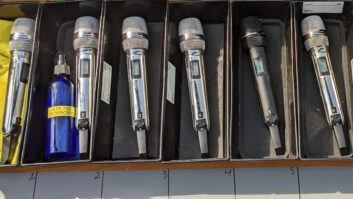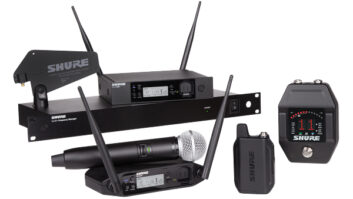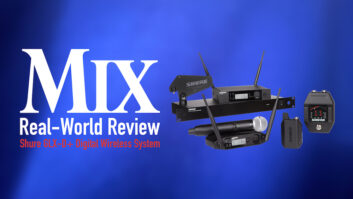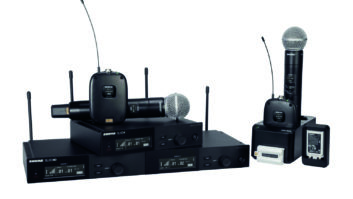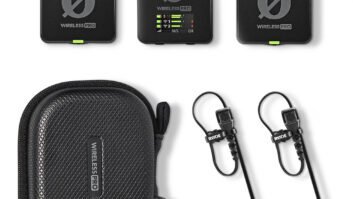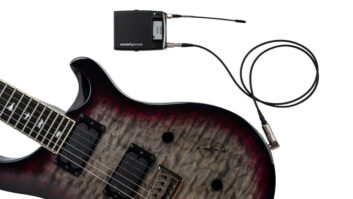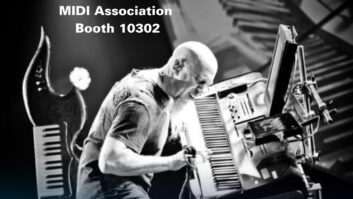The 1394 Trade Association’s Wireless Working Group announced that the specification for wireless 1394 applications is functionally complete and ready for a ballot. Formal approval of the new Protocol Adaptation Layer (PAL) standard will move consumers one significant step closer to controlling home networks, HDTVs and other advanced electronics systems wirelessly.
The Wireless Working Group, chaired by Peter Johansson of Congruent Software Inc., has developed the PAL between the IEEE 802.15.3 MAC and applications developed for wired IEEE 1394. The PAL also adapts the IEEE P1394.1 bridging specification to wireless use. The result is a “wireless FireWire” capability that can be implemented with any standard or nonstandard physical layer, including as yet nonstandardized Ultra Wideband PHYs.
“Wireless FireWire is going to be ready to go in 2004, and early,” said James Snider, executive director of the 1394 Trade Association. “The new wireless 1394 specification is an excellent product developed by a very dedicated group of Trade Association leaders in a remarkably short period of time. The group adapted the 1394 and P1394.1 bridging standards to the high-bandwidth wireless network connectivity enabled by 802.15.3, and assured the quality of service required for exciting new products that will let consumers wirelessly manage digital televisions, audio/visual equipment and home networks.”
According to Johansson, the Working Group determined that the IEEE 1394 infrastructure can be easily adapted to IEEE 802.15.3, incorporating the significant amount of existing middleware required to enable multimedia applications such as audio and video streaming. An important section in the PAL specification describes how to construct IEEE P1394.1 bridges that incorporate a wired IEEE 1394 node on one side and a wireless IEEE 802.15.3 device on the other. “This means the wireless devices are now ‘bridge-aware,’ so they can be integrated easily and quickly into home networks, allowing users to add wireless controls just as they now use remote controls with their televisions and other consumer electronics equipment,” he said.
The IEEE 802.15.3 Wireless Personal Area Network standard is designed to connect more than 200 wireless devices. Although the existing standard 2.4GHz PHY is limited to a maximum data rate of 55M bits/second, work is underway to standardize a UWB PHY with a range of data rates between 110 and 480M bits/second. These higher UWB PHY data rates will allow multiple wireless devices to exchange multimedia content such as video, audio and digital images.
For more information, visit the 1394 Trade Association at www.1394ta.org.
